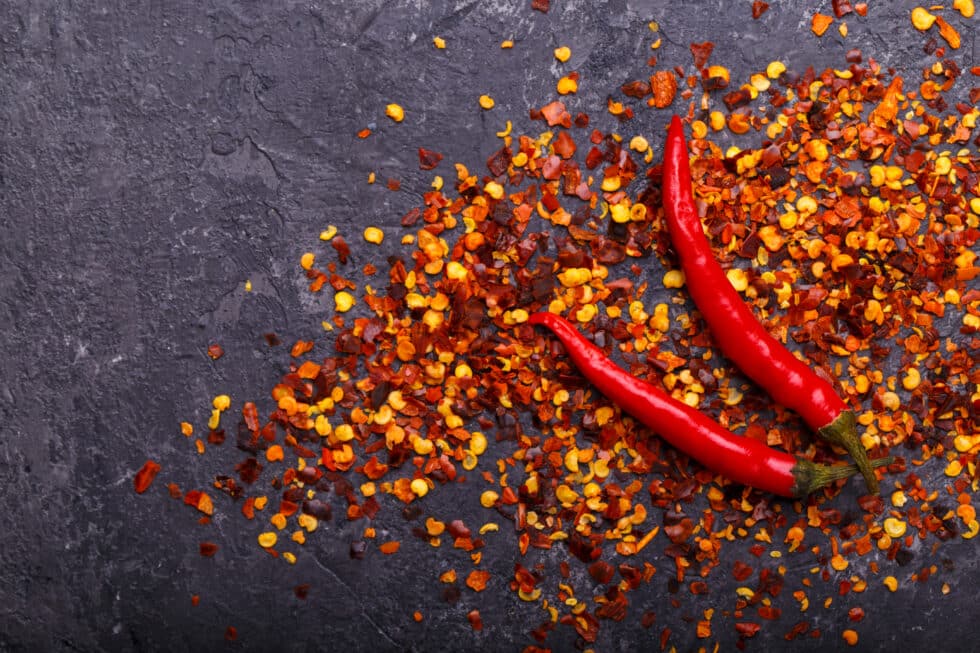- No. 268 Xianghe Street, Economic Development Zone of Xingtai city, Hebei 054001 China
- Byron@hbhongri.cn
Exploring the Unique Flavors and Varieties of Dried Peppers in Cooking
The Rich History and Flavor of Dried Peppers
Dried peppers have been an essential ingredient in cuisines around the world for centuries. Their journey from fresh to dried not only extends their shelf life but also intensifies their flavor, offering a unique depth that can transform any dish. This article explores the various types of dried peppers, their historical significance, culinary uses, and some tips on how to incorporate them into your cooking.
A Historical Overview
The use of dried peppers can be traced back thousands of years to regions in Central and South America, where they were cultivated by indigenous cultures. The Aztecs and Mayans were among the first to recognize the value of these fiery fruits, using them not only for sustenance but also for medicinal purposes. When the Spanish explorers arrived in the Americas, they brought peppers back to Europe, initiating a global love affair with these vibrant ingredients.
As dried peppers made their way across the globe, they became an integral part of various cuisines. In Mexican cuisine, for instance, dried peppers like Ancho, Guajillo, and Chipotle are crucial for mole sauces, enchiladas, and salsas. In Mediterranean cooking, varieties such as Aleppo and Harissa add a distinctive kick to dishes, while in Asian cuisine, dried chilies are often a staple, enhancing the flavors of stir-fries and soups.
Types of Dried Peppers
There are numerous varieties of dried peppers, each bringing its unique flavor profile and heat level to the table. Here are a few popular types
1. Ancho This dried poblano pepper has a mild heat level and a rich, sweet flavor, often with notes of chocolate and dried fruit. It's a staple in traditional Mexican mole sauce.
3. Chipotle A smoked and dried jalapeño, chipotle peppers add a smoky heat to dishes. They are often found in sauces, stews, and BBQ recipes.
dried peppers

4. Cascabel With a nutty flavor and mild heat, cascabels are perfect for adding depth to sauces and soups.
5. Aleppo Hailing from Syria, Aleppo peppers have a moderate heat level and a fruity, slightly smoky flavor. They are commonly sprinkled over hummus or used in Mediterranean dishes.
Culinary Uses
Dried peppers can be used in various ways in the kitchen. They can be rehydrated by soaking them in hot water for about 20-30 minutes or simply ground into powder to be used as a spice. Here are some practical tips for incorporating dried peppers into your cooking
- Soups and Stews Add whole dried peppers directly to soups or stews for a subtle heat. They will soften and infuse the dish with flavor during cooking.
- Salsas and Sauces Blend rehydrated dried peppers into salsas and sauces for a rich, complex flavor. Experiment with different varieties to find the perfect balance of heat and taste.
- Marinades Ground dried peppers can be combined with oil and other spices to create flavorful marinades for meats and vegetables.
- Garnish Crushed dried peppers can serve as a spicy garnish on finished dishes, providing both heat and visual appeal.
Conclusion
Dried peppers are a versatile ingredient that can bring life and excitement to a wide range of dishes. Their rich history and extensive variety make them a staple in kitchens around the world. Whether you’re a seasoned chef or a home cook, exploring the world of dried peppers can undoubtedly enhance your culinary experience, adding layers of flavor to your meals. So next time you’re looking to spice things up, consider reaching for a handful of dried peppers—they might just be the secret ingredient you didn't know you needed!
-
Unlock the Power of Nature with Capsicum Oleoresin ExtractNewsJul.03,2025
-
Unleash the Heat: Discover the Wonders of Spicy Crushed Red PepperNewsJul.03,2025
-
Unleash the Flavor of Red Pepper Pods – Elevate Your Culinary Creations!NewsJul.03,2025
-
The Rich Flavor of Red Pepper Dried – The Ultimate Ingredient for Your Culinary Creations!NewsJul.03,2025
-
Discover the Rich Flavor of the PaprikaNewsJul.03,2025
-
Discover the Flavorful World of Paprika & Chili ProductsNewsJul.03,2025







